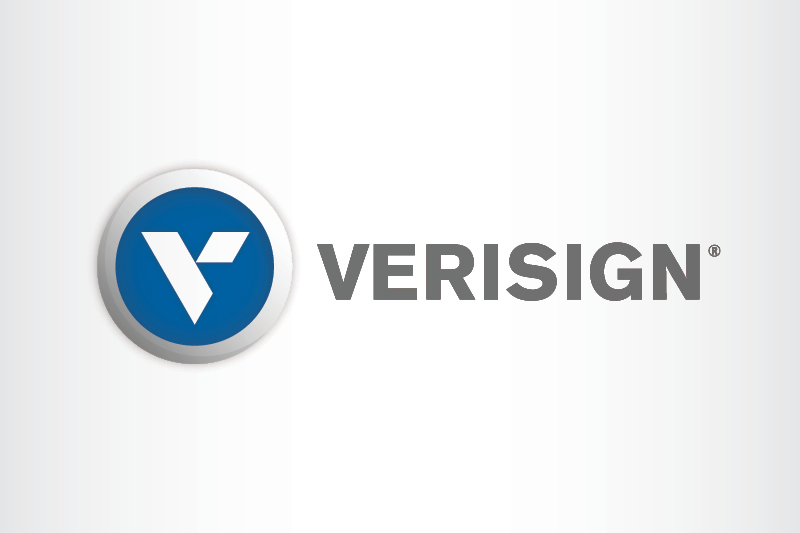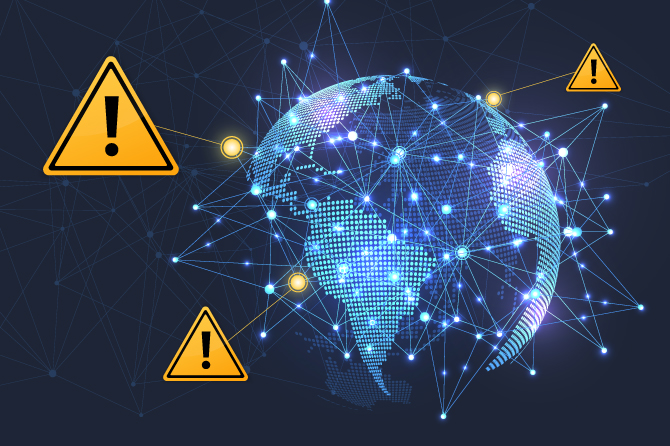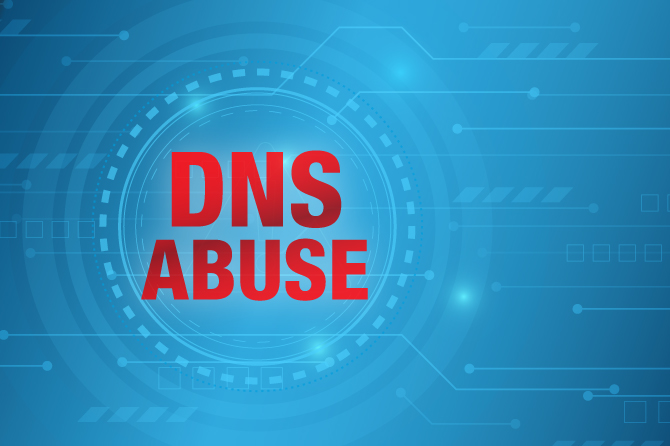The Domain Name System (DNS) root zone will soon be getting a new record type, called ZONEMD, to further ensure the security, stability, and resiliency of the global DNS in the face of emerging new approaches to DNS operation. While this change will be unnoticeable for the vast majority of DNS operators (such as registrars, internet service providers, and organizations), it provides a valuable additional layer of cryptographic security to ensure the reliability of root zone data.
In this blog, we’ll discuss these new proposals, as well as ZONEMD. We’ll share deployment plans, how they may affect certain users, and what DNS operators need to be aware of beforehand to ensure little-to-no disruptions.
(more…)








